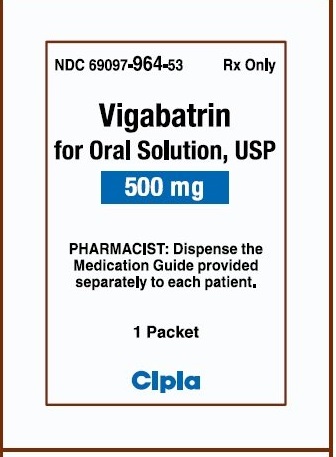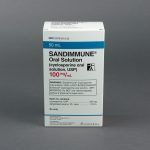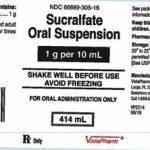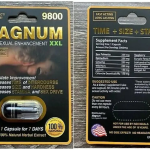Cipla Initiates Voluntary Recall of Vigabatrin for Oral Solution Due to Seal Integrity Issues

Cipla Limited, a global pharmaceutical company, has announced the voluntary recall of one lot of Vigabatrin for Oral Solution, USP 500mg, by its wholly-owned subsidiary, InvaGen Pharmaceuticals Inc. This recall is prompted by seal integrity issues that may lead to powder leakage from the pouch.
The affected product details are as follows:
- Product Name: Vigabatrin for Oral Solution, USP 500mg/sachet
- NDC# (National Drug Code): 6909-7964-53
- Batch No.: NB301030
- Expiry Date: 03/2025
An improper seal in the pouch could result in the leakage of the powder blend outside the pouch, leading to a lower content of medicine inside the pouch compared to the label claim. This poses a potential risk of underdosing, primarily impacting infants and young children. Inaccurate dosing might result in serious adverse effects such as intoxication or breakthrough seizures requiring medical intervention. For a minority of patients with severe or repeated breakthrough seizures, a drop in phenytoin blood levels could lead to life-threatening seizures, necessitating immediate emergency room treatment. As of now, Cipla has not received any reports of adverse events related to this recall.
The recalled product, Vigabatrin for Oral Solution, USP 500mg, is used for the treatment of Refractory Complex Partial Seizures as adjunctive therapy in patients 2 years of age and older who have responded adequately to several alternative treatments. The medication is packaged in foil pouches, each containing 500mg of Vigabatrin, with 50 foil-sealed pouches in a shelf pack. The affected lot is NB301030, with an expiration date of 03/2025. The product was distributed nationwide to partnered distributors and consignees.
InvaGen Pharmaceuticals is actively notifying customers through various channels, including press releases, letters, telefax, telephone, email, and on-site visits. The company is coordinating the return of all recalled products. Distributors, retailers, and consumers in possession of Vigabatrin for Oral Solution, USP 500mg Batch No. NB301030, NDC# 6909-7964-53, are advised to initiate the return process through their respective places of purchase.
Consumers with questions regarding this recall can contact Cipla by phone at 844-CIPLAUS (844-247-5287) Monday to Friday from 8:30 AM to 5:00 PM EST or email cipla.cs@cipla.com. Anyone experiencing problems related to the use of this batch of drug product is urged to contact their physician or healthcare provider.
Adverse reactions or quality problems associated with the use of this product can be reported to the FDA’s MedWatch Adverse Event Reporting program through their online portal or by downloading the reporting form on the FDA’s website and submitting it via regular mail or fax.
This voluntary recall is being conducted with the knowledge of the U.S. Food and Drug Administration.





